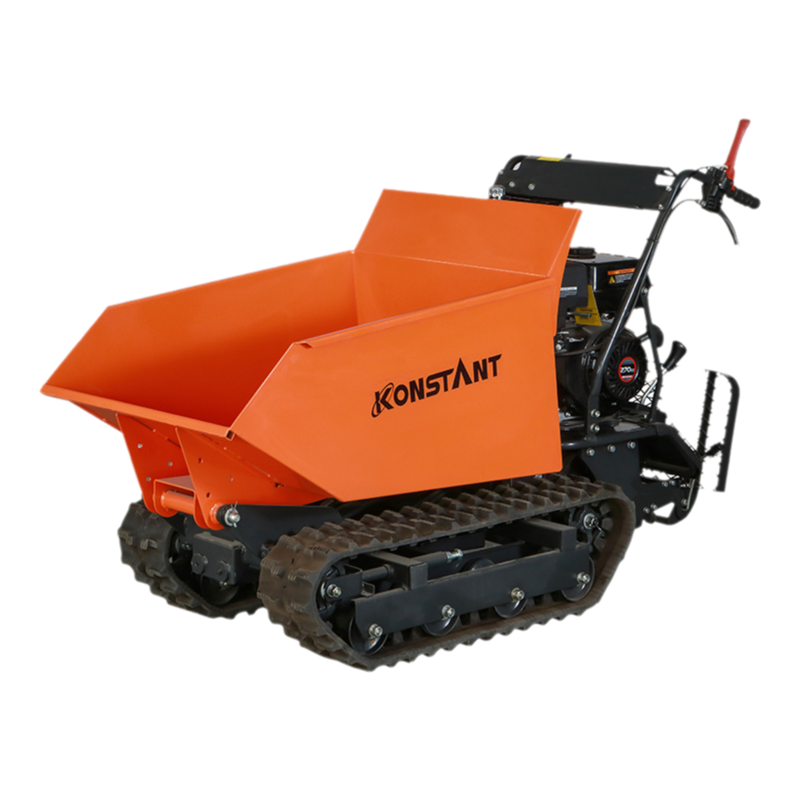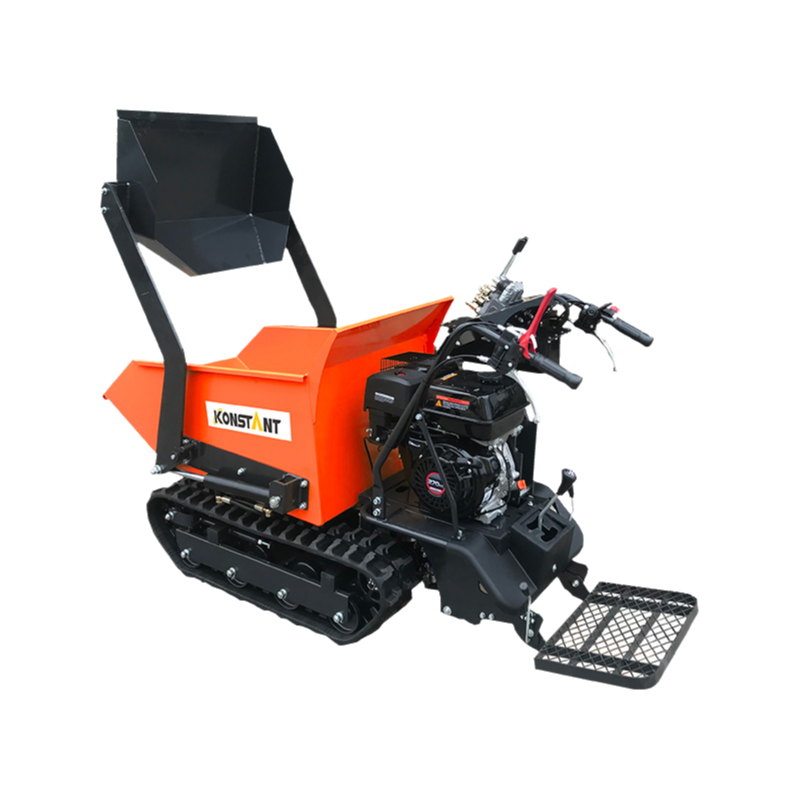Provide you with the latest enterprise and industry news
How Do Electric and Gas Garden Loaders Compare in Long-Term Use
Posted by Admin
Electric vs Gas Garden Loaders — Which Suits Your Needs
The choice between an electric garden loader and a gas-powered version often depends on personal priorities, type of tasks, and working environment. Both machines can support outdoor projects, but their performance characteristics differ in ways that matter to homeowners, landscapers, and small contractors alike.
Electric garden loaders rely on rechargeable batteries, making them appealing for quieter spaces such as residential neighborhoods. Their operation produces fewer emissions during use, which can be an important consideration for those conscious about environmental impact. Since these machines do not require fuel tanks or engine oils, they often involve a simpler maintenance routine, though battery care and charging remain essential parts of ownership.
Gas garden loaders, in contrast, are fueled directly by gasoline, providing uninterrupted runtime as long as fuel is available. This design is well-suited to larger areas or jobs requiring extended operation. However, owners should anticipate regular maintenance tasks like filter replacement, oil checks, and spark plug servicing to keep the machine reliable over time.
When comparing both options, the scale of your project plays a major role. A compact property with lighter workloads may be comfortably managed with an electric unit, while extensive land with frequent heavy-duty tasks may call for the consistency offered by a gas model. Terrain type also contributes — rough ground and steep inclines can demand more sustained power, while flat garden spaces may not require the same energy output.
Cost analysis provides another perspective. Electric models might carry a higher initial expense due to battery systems but reduce long-term spending on fuel. Gas-powered loaders can cost less upfront, though fuel purchases and maintenance can add up over years of use. Evaluating both immediate and ongoing costs helps clarify the financial picture.
Environmental considerations are worth mentioning as well. Many communities encourage tools that minimize emissions, which gives electric loaders a practical edge in areas with regulations or eco-conscious households. Gas-powered loaders remain prevalent, especially in rural locations or professional sites where charging facilities are less accessible.
Maintenance Tips to Extend Garden Loader Lifespan in Use
Garden loaders are designed to handle a wide range of outdoor tasks, from moving soil to transporting materials across different terrains. To ensure the machine continues to perform reliably over time, regular care and thoughtful handling are essential. Maintenance not only supports efficiency but also helps preserve safety and functionality during everyday use.
The practical steps is to establish a consistent cleaning routine. After each use, it is useful to remove dirt, grass, or debris that may accumulate on moving parts. This reduces the chance of buildup, which can create friction and put unnecessary stress on components. Simple brushing or washing with water can make a significant difference in long-term condition.
Lubrication is another key point. Greasing the joints, pivot points, and any mechanical connections allows smoother operation and minimizes wear caused by continuous motion. Using appropriate lubricants and applying them at recommended intervals can keep parts in better shape, ensuring smoother performance.
Checking the tires or wheels should not be overlooked. Maintaining correct air pressure, inspecting for cracks, and watching for uneven wear are important. A properly balanced wheel system helps maintain stability, especially when transporting heavier loads. Replacing worn tires in a timely manner keeps the loader safe and efficient.
Battery or fuel system management, depending on the type of loader, is equally important. For electric models, charging should be carried out using suitable equipment, and batteries should be stored in dry conditions to avoid damage. For gas-powered versions, monitoring fuel levels, avoiding stale gasoline, and following storage recommendations prevents operational issues.
Hydraulic systems, when present, benefit from regular checks as well. Inspecting hoses, fittings, and fluid levels ensures reliable lifting and movement functions. Small leaks or cracks, if ignored, can grow into larger problems, so addressing them early helps maintain dependable use.
Storage practices contribute to long-term preservation. When the loader is not in operation, placing it under cover or in a sheltered space protects it from weather damage. Exposure to rain, sun, or snow can shorten the life of many parts, so keeping the machine shielded supports its durability.
By approaching upkeep as an ongoing habit rather than a one-time task, garden loader owners can ensure their equipment remains ready for various outdoor jobs. Each small action contributes to the overall condition of the machine, helping extend its lifespan while keeping day-to-day work more consistent and dependable.

 English
English русский
русский Français
Français Español
Español Deutsch
Deutsch















